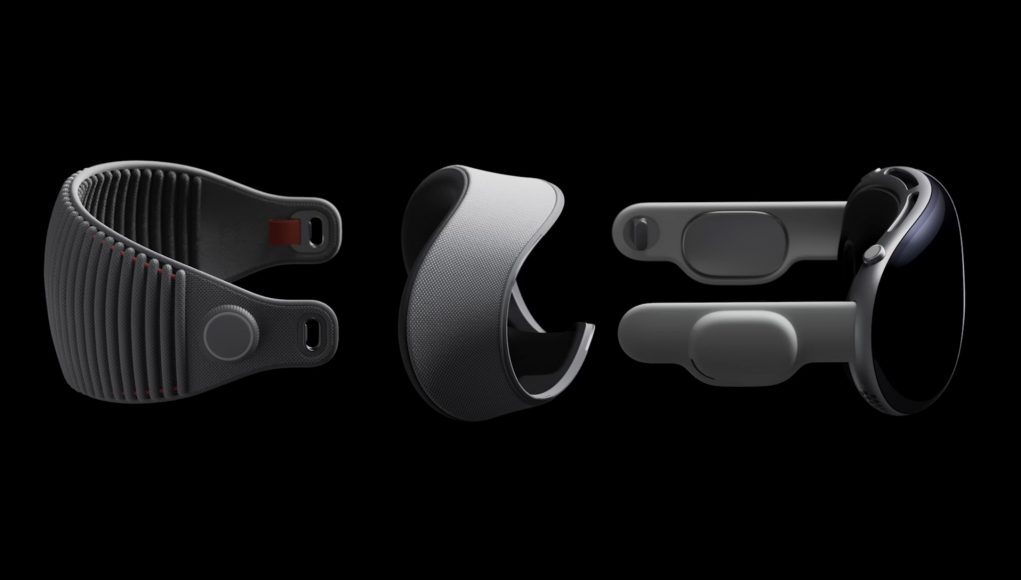One thing that didn’t get much attention during the announcement of Apple Vision Pro is the headset’s modular design. With straightforward connections and magnetic mounting, the company’s robust ecosystem of third-party accessory makers will no doubt be scurrying to offer options.
In a, perhaps surprising, move Apple built Vision Pro with modularity in mind. This is surely a recognition by the company that one size does not fit all when it comes to an XR headset.
When I tried Vision Pro for myself earlier this month, I found that ergonomics were one of the few places where it didn’t feel like Apple was raising the bar. But considering the modular design of the headset, it seems likely there will be options to choose from.
Not only did the headband of my demo unit have an ‘M’ on it (suggesting Apple itself is probably making S, M, and L sizes), but the way each piece of the headset attaches together makes it appear that the door is wide open for third-party accessories.
First there is the quick-release headstrap, which is easily disconnected with a simple pull of the orange tab.
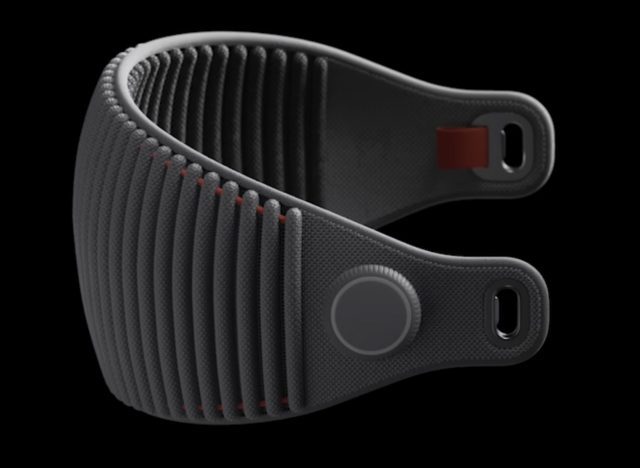
And luckily the way the speakers are mounted means they’ll always be there no matter which strap you’re using.
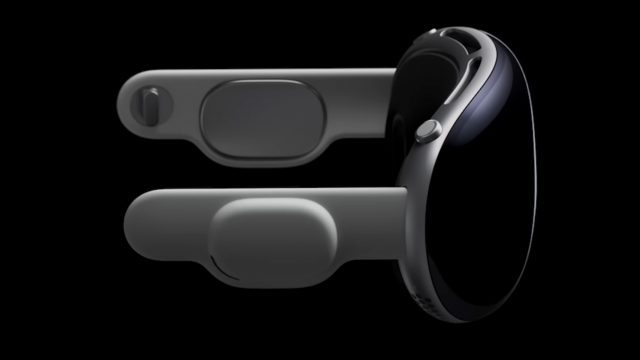
Then there’s the facepad which is magnetically attached, meaning third-party facepads can make use of those magnetic attachment points.

The same goes for the prescription lens inserts; although Zeiss has been named as the official maker of prescription lenses for Vision Pro, any lens maker should be able to make lenses that clip in magnetically.

The only question that’s up in the air is the headset’s battery, which attaches with a curious rotating connector.
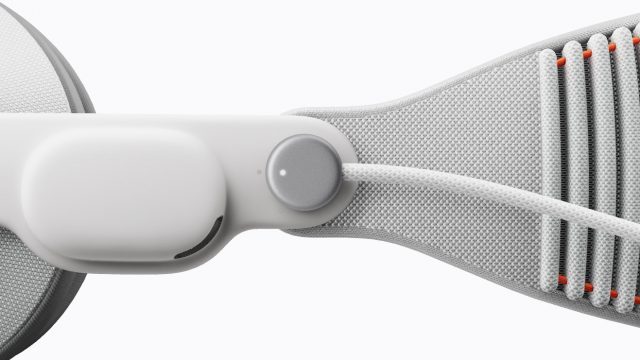
It’s unclear if Apple will have made this connector proprietary in some way that’s difficult for third-parties to couple with. If Apple didn’t go out of their way to prevent third-parties from doing so, then we’ll likely see additional battery options, like larger capacity batteries and even battery-headstraps to prevent having a tether down to your pocket.
Apple has one of the most robust third-party accessory ecosystems of any consumer electronics brand—estimated at tens of billions in annual revenue. The company is also pretty good about providing detailed resources and guidelines for accessory makers, including full diagrams of products for accessories that require precise fitting, and it’s very likely this will eventually extend to Vision Pro.
Be it iPhone cases or MacBook keyboard covers, it’s not uncommon for the company’s third-party accessory makers to race to be the first on the market with an accessory for the newest Apple product, and you can bet there will be at least a few gunning for that finish line when Vision Pro launches early next year.
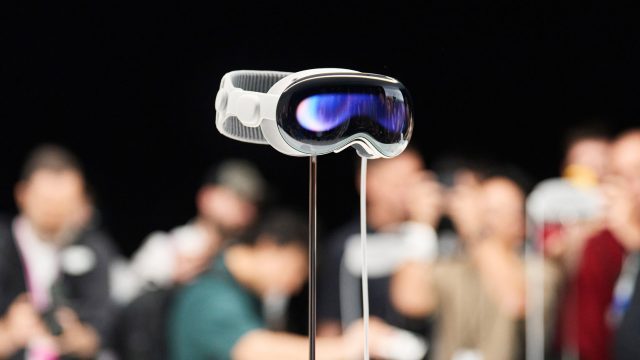
The thing I’m most looking forward to is third-party headstraps. While the one that comes with Vision Pro is nice from the standpoint of the materials and tightening mechanism, I still almost always prefer a more rigid strap, which should be possible given the modularity of the headset as we know it today.

